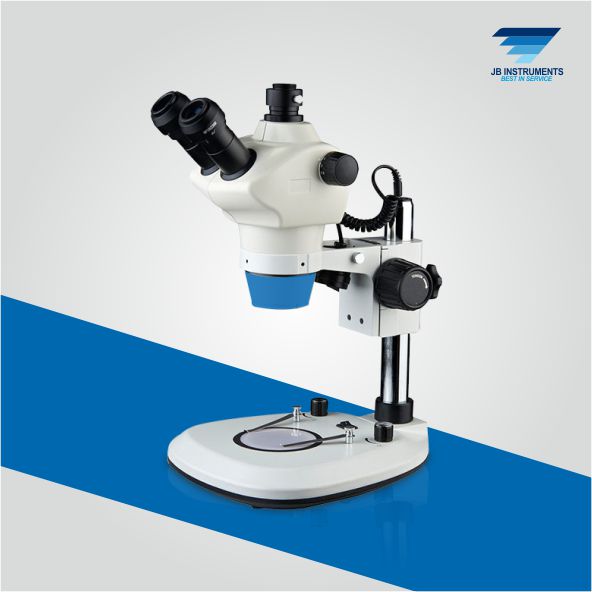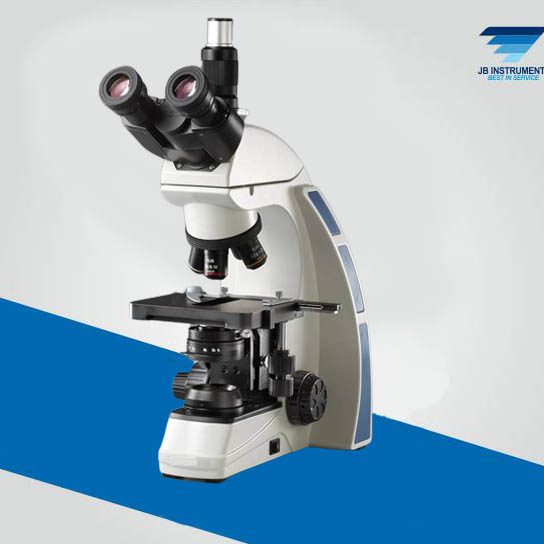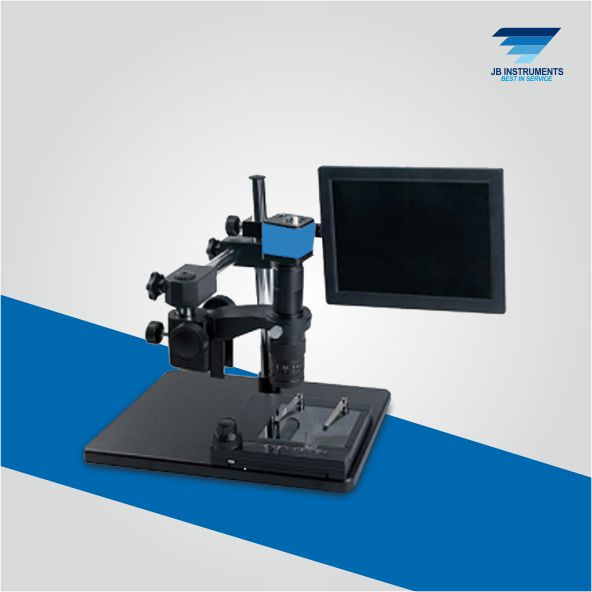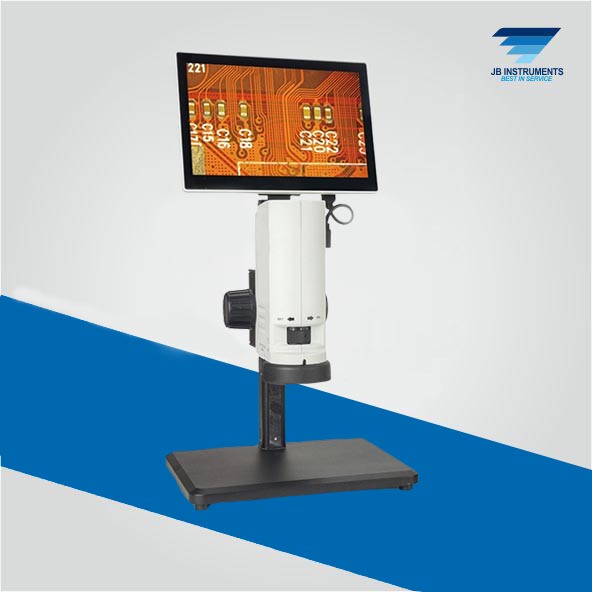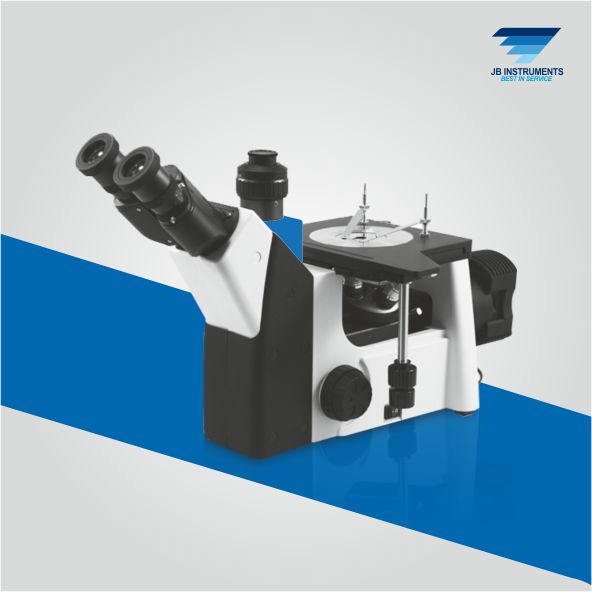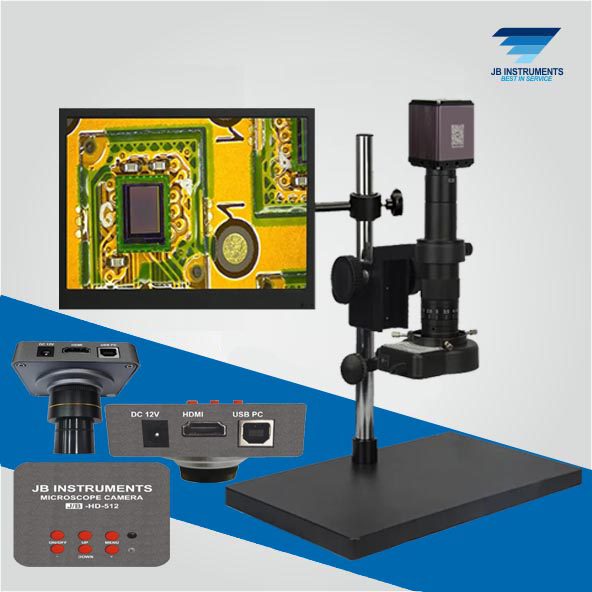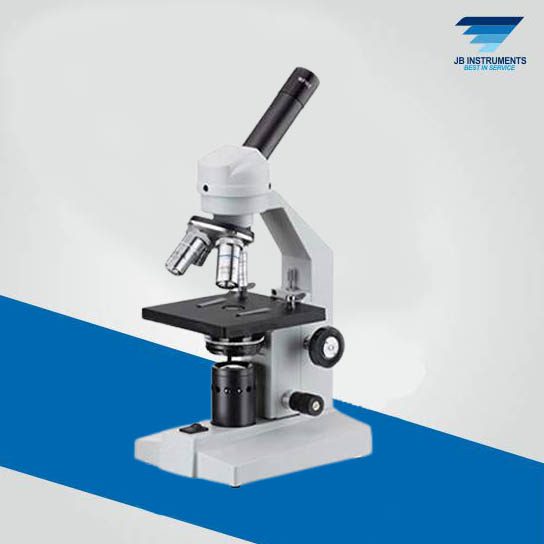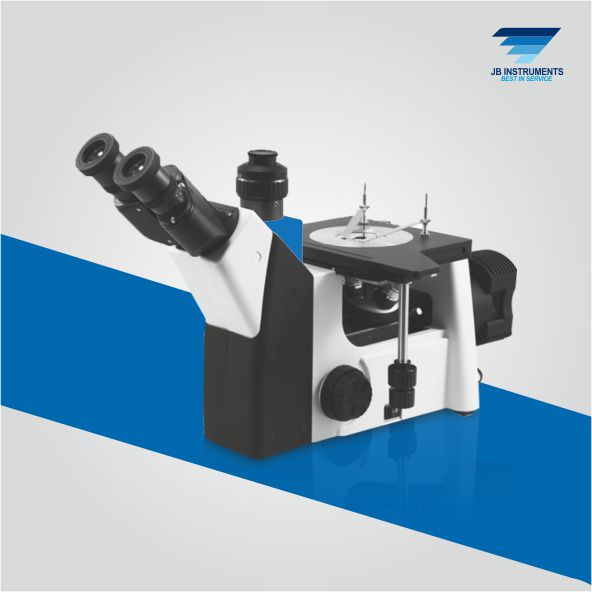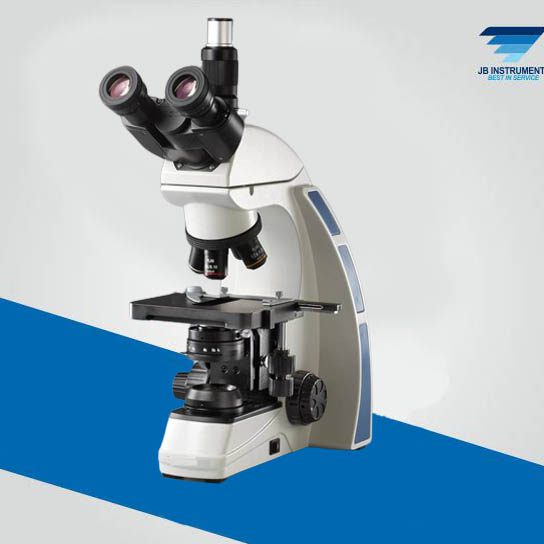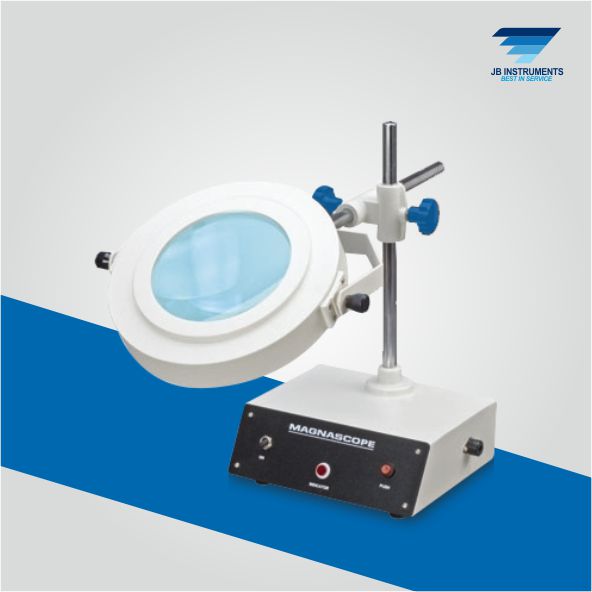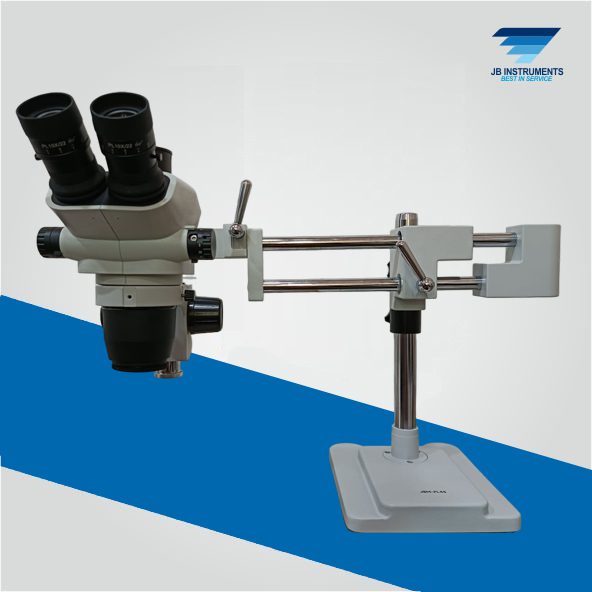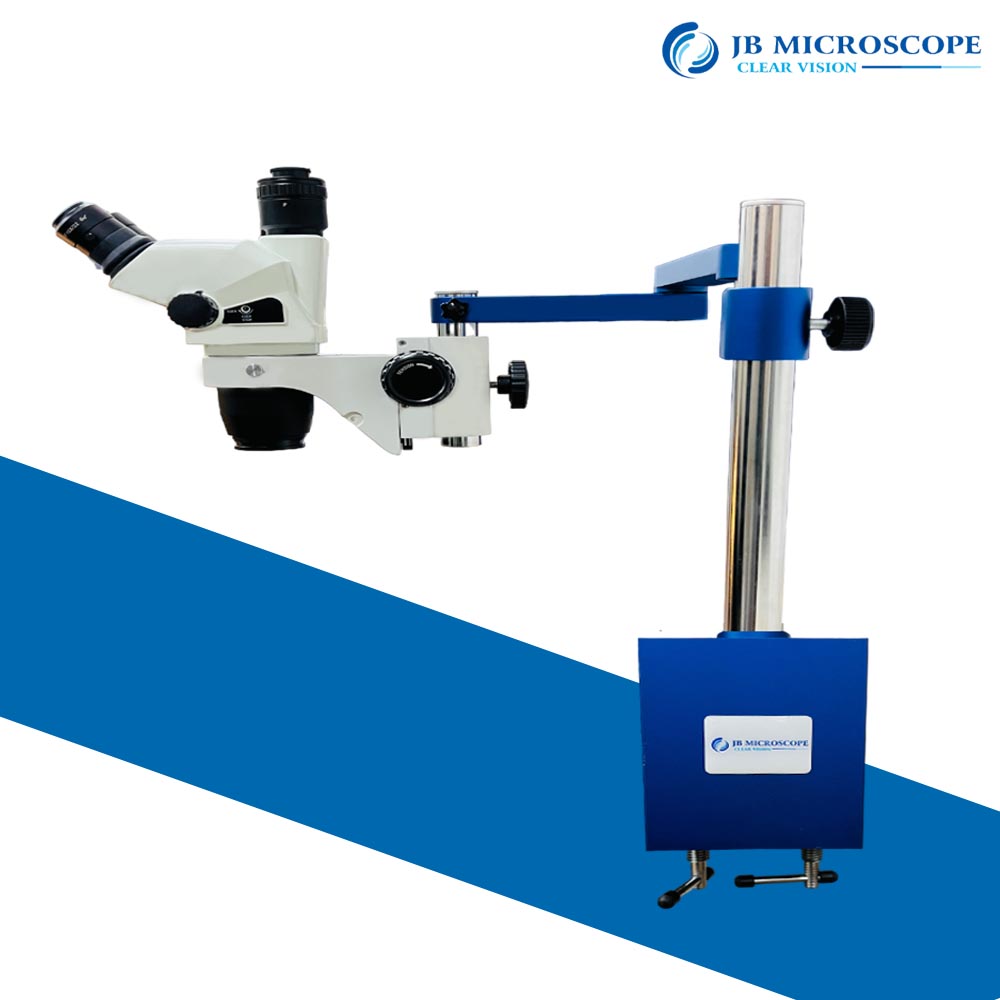A stereo zoom microscope is a type of microscope that provides three-dimensional (3D) images of a specimen by using two eyepieces to create a binocular vision. It is commonly used for tasks that require low magnification but high depth perception, such as examining biological specimens, electronic components, or other materials in a laboratory or industrial setting.
Here are some key features and characteristics of a stereo zoom microscope:
- Binocular Vision: The microscope typically has two eyepieces (binocular) that provide a three-dimensional view of the specimen. This allows for improved depth perception.
- Zoom Capability: One of the main features is the ability to zoom in and out, providing variable magnification levels. This is useful for examining specimens at different levels of detail.
- Objective Lenses: Stereo zoom microscopes have two objective lenses that work together to create the stereoscopic effect. These lenses are designed to provide a wider field of view compared to compound microscopes.
- Illumination: Built-in lighting is often included to illuminate the specimen. This can be in the form of top illumination, bottom illumination, or a combination of both.
- Versatility: Stereo zoom microscopes are versatile and can be used for a variety of applications, including dissection, quality control, assembly, and inspection tasks.
- Ergonomics: These microscopes are designed with user comfort in mind, often featuring adjustable eyepieces, focus knobs, and an ergonomic design to reduce fatigue during prolonged use.
- Working Distance: The distance between the objective lens and the specimen, known as the working distance, is usually greater in stereo microscopes compared to compound microscopes. This provides more space for manipulating the specimen.
- Applications: Common applications include biology, electronics, watchmaking, gemology, forensics, and any field where a 3D view of the specimen is beneficial.
When choosing a stereo zoom microscope, factors such as magnification range, optical quality, build quality, and additional features like camera attachments or digital imaging capabilities may be important considerations based on the specific needs of the user.
